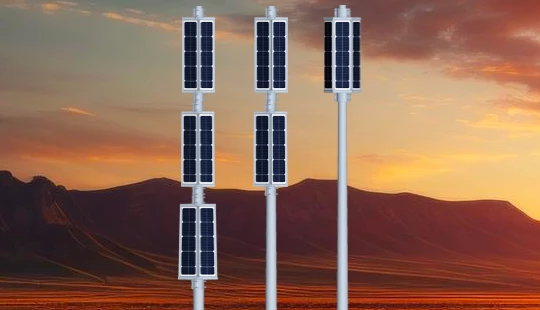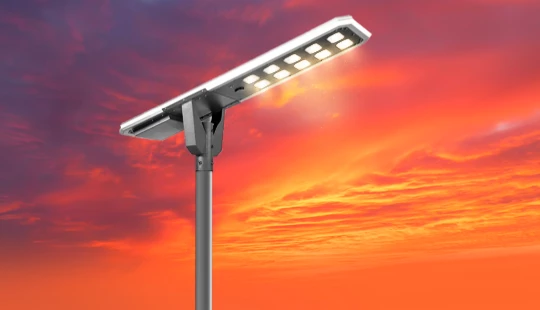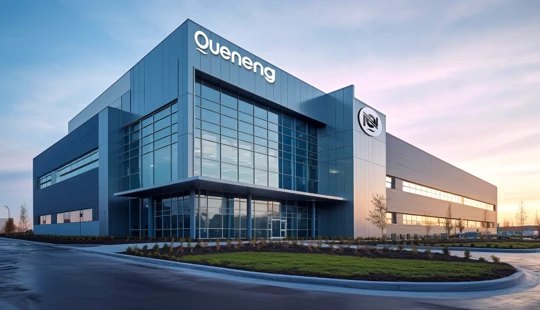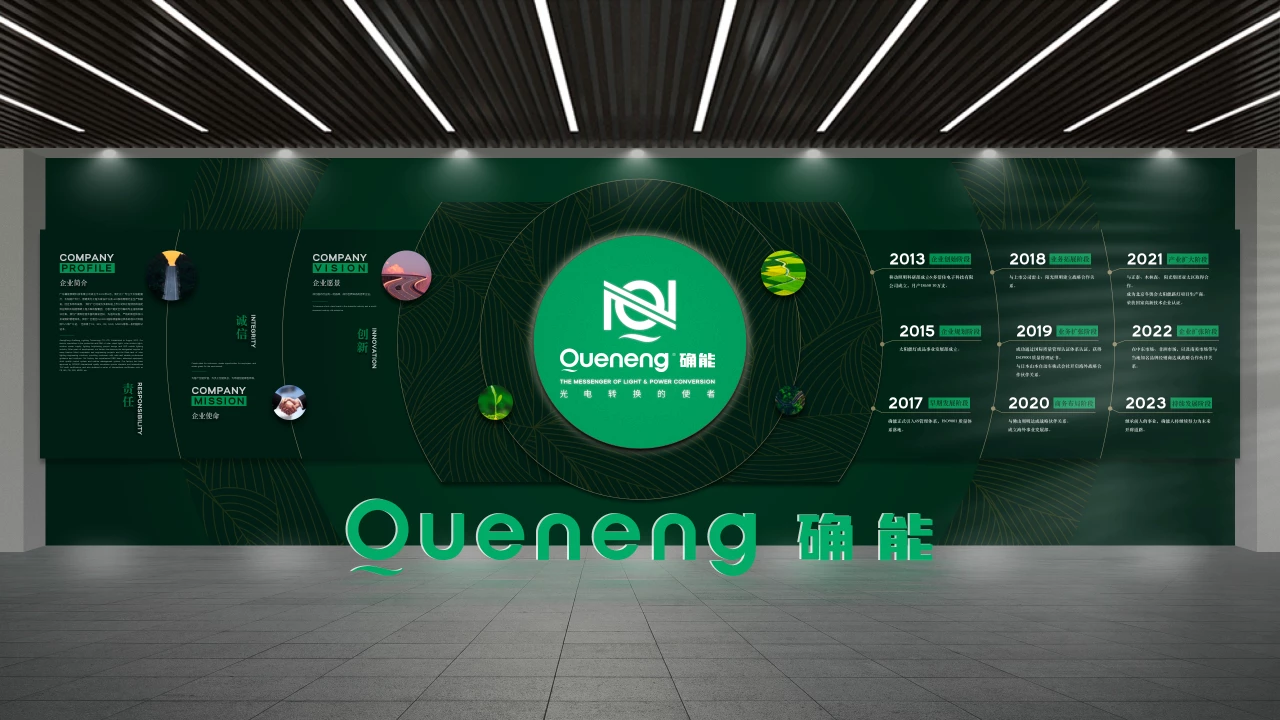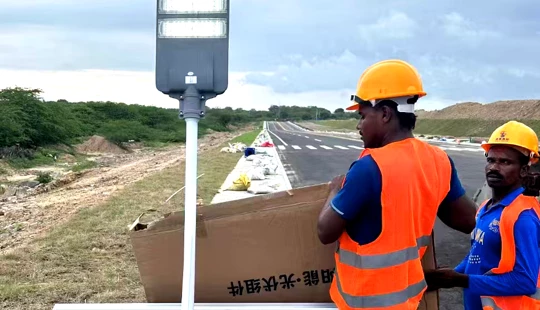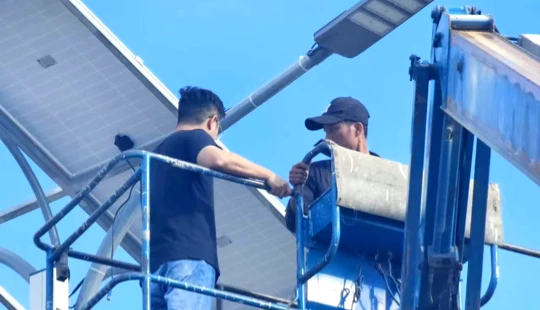How Long Do Solar Street Lights Last? | Lifespan, Batteries & Tips (2025 Guide)
Discover how long solar street lights last, including battery life, LED lifespan, maintenance tips, and what affects durability. Learn how to extend their service life.
As solar lighting systems are increasingly used in public, commercial, and industrial areas, solar street lights are becoming a preferred alternative to traditional electric lighting. One of the most frequently asked questions is: “How long do solar street lights really last?”
This article provides a detailed overview of the typical lifespan of solar street lights, covering key components, battery replacement cycles, influencing factors, and tips to extend service life.
🔧 1. Average Lifespan of Solar Street Lights
On average, a well-designed solar street light can last between 8 to 15 years, depending on the quality of its components and the installation environment. Here's the expected lifespan of core parts:
- LED Light Source: 50,000–100,000 hours (10–20 years)
- Battery (Lithium / LiFePO₄): 3–8 years (replaceable)
- Solar Panel: 20–25 years
- Controller: 5–10 years
- Fixture & Pole: 15+ years
💡 2. Which Component Fails First?
The battery is usually the first part that requires replacement. Even high-quality lithium batteries degrade over time, especially under extreme temperatures. That’s why replaceable battery systems are recommended over sealed, non-serviceable ones.
Tip: LiFePO₄ batteries (lithium iron phosphate) are ideal for solar lights thanks to their long lifespan (over 2000 charge cycles) and temperature resistance.
🌦️ 3. Factors That Affect Solar Street Light Lifespan
- Extreme climate (hot or cold)
- Installation environment (coastal, dusty, polluted areas)
- Incorrect solar panel orientation or angle
- Poor-quality controller (may overcharge/discharge battery)
- Component materials and design
🛠️ 4. Tips to Extend Lifespan
- Clean solar panels every 3–6 months
- Regularly check battery voltage and controller settings
- Inspect mounting hardware before storm seasons
- Replace the battery before it fully degrades
💰 5. Is It Worth Replacing the Battery?
Absolutely. Battery replacement is much cheaper than replacing the entire lamp. Most other parts (solar panel, LED, housing) can still work efficiently for another 5–10 years.
🔋 6. Battery Comparison Table
| Battery Type | Lifespan | Temperature Range | Cost | Maintenance |
|---|---|---|---|---|
| LiFePO₄ (Lithium Iron Phosphate) | 5–8 years | -20°C to 60°C | Medium | Low |
| Lithium-ion (Li-ion) | 3–5 years | -10°C to 50°C | Medium | Low |
| Lead-acid Battery | 1–3 years | 0°C to 45°C | Low | High |
🌎 7. Environmental & Sustainability Benefits
Solar street lights are a clean, renewable lighting option. With long-lasting, recyclable components, they are ideal for eco-parks, industrial parks, schools, and city roads as a sustainable lighting solution.
📌 Conclusion: Smart Design + Regular Care = 10+ Years of Operation
In summary, with high-quality components and proper maintenance, a solar street lighting system can last over 10 years. Choosing a reputable brand like Guangdong Queneng Lighting Technology Co., Ltd. ensures long-term reliability and value.
📞 Looking for a tailored solar lighting solution? Queneng has specialized in solar lighting since 2013, with CE, UL, TUV, and BIS certifications. Contact us today for a custom quote!
📚 Frequently Asked Questions (FAQ)
Q1: What is the average lifespan of a solar street light?
A: Typically 8 to 15 years depending on usage and components.
Q2: How often do I need to replace the battery?
A: Every 3 to 8 years, depending on the type (LiFePO₄ lasts longer).
Q3: Can solar street lights work in cold regions?
A: Yes. Especially with LiFePO₄ batteries and weatherproof enclosures (IP65+).
Q4: Do solar panels degrade over time?
A: Yes, but very slowly. After 20 years, panels retain around 80% efficiency.
Q5: Can the battery be replaced independently?
A: Yes. High-quality solar lights are designed for easy battery replacement.
Q6: How long is the product warranty?
A: We recommend choosing systems with a 3–5 year warranty and 25-year panel warranty.
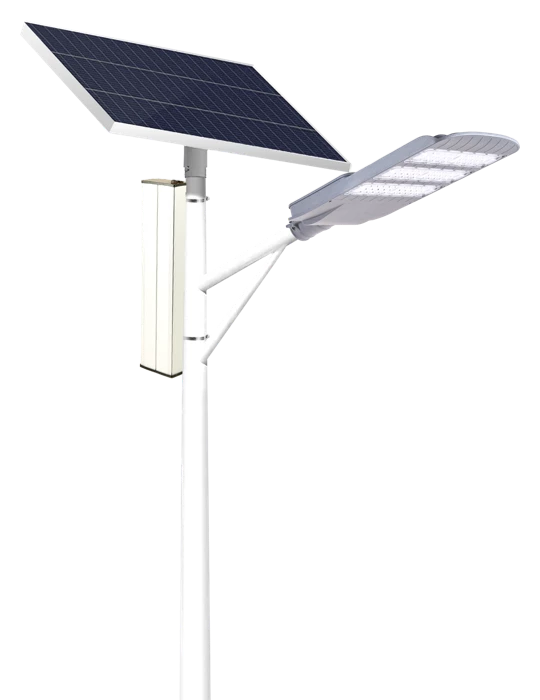

Have more questions about our products or services?
The latest hot news you might like

Discover how solar panels power street lights, exploring the technology behind solar energy conversion, storage systems, and how solar-powered street lights are revolutionizing urban and rural lighting solutions.

Learn how AC Solar Hybrid Street Lights work, their advantages, disadvantages, system behavior in low-sunlight conditions, and why hybrid technology is ideal for regions with unstable sunlight.

Municipalities around the world are increasingly adopting solar-powered streetlights as part of their urban development strategies. Rising energy costs, the need for sustainable infrastructure, and government green initiatives are driving cities to switch from traditional street lighting to advanced LED solar streetlights.
Queneng Lighting provides municipalities with cost-effective, energy-efficient, and durable solar lighting solutions, ensuring safe and sustainable public spaces.
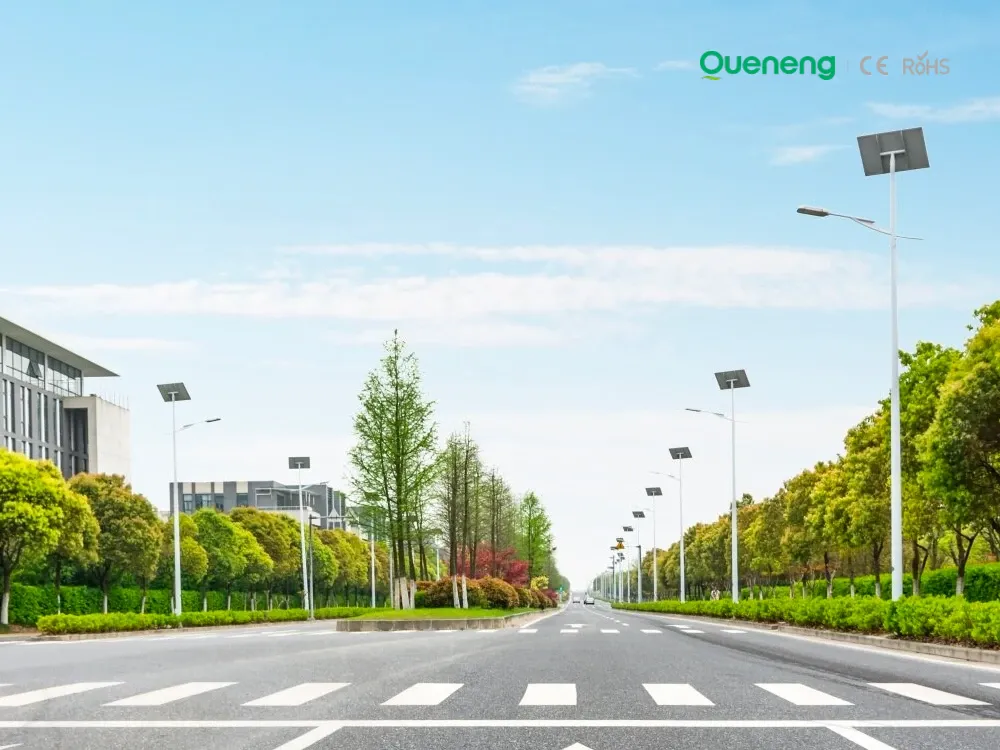
In recent years, the purchase of solar streetlights for municipalities has become a growing trend across the globe. Local governments are under pressure to reduce public expenditure, promote green energy, and create safer communities. Solar streetlights provide a reliable, cost-effective, and sustainable solution that meets these needs. Queneng Lighting, as a leading solar street lighting manufacturer, has supported multiple municipal projects worldwide with customized and energy-efficient solutions.
FAQ
Battery Performance and Testing
What is discharge efficiency?
Solar Street Light Luyi
Can Luyi solar street lights be integrated into smart city infrastructure?
Yes, Luyi solar street lights can be integrated into smart city infrastructure. With their advanced control systems, they can be connected to a central monitoring system for real-time performance tracking, remote control of lighting schedules, and energy management. This integration helps optimize energy use and allows for easy maintenance and monitoring of large-scale installations.
APMS system
What should I do if I encounter a system malfunction?
QUENENG offers 24-hour remote technical support, allowing clients to contact the after-sales team at any time for assistance. The system also includes intelligent self-diagnosis capabilities to detect and alert potential issues automatically.
Solar Street Light Luqing
Are solar street lights easy to install?
Yes, solar street lights are easy to install. They do not require external wiring or connections to the electrical grid. The installation process is straightforward and typically involves mounting the light pole, positioning the solar panel, and securing the battery and lighting unit.
Split Solar Street Light
How do I choose the right configuration?
We provide free lighting & energy simulations based on your project location.
Municipal and Public Infrastructure
Can solar streetlights be integrated with smart city solutions?
Yes, our solar streetlights can be integrated with IoT systems for smart monitoring, remote control, and data analytics, making them ideal for modern smart cities.
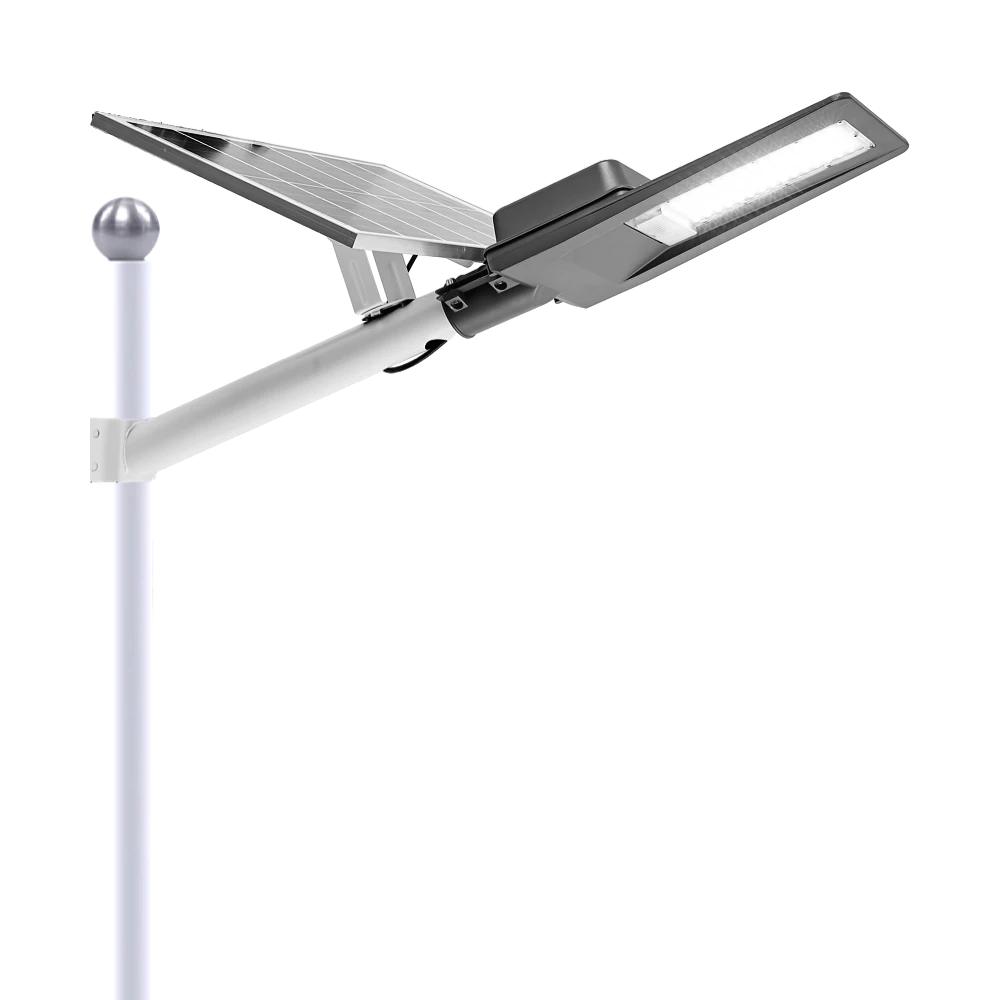
Experience reliable outdoor illumination with our smart solar street light, a perfect combination of advanced technology and eco-conscious design.
If you would like more information about Queneng solar lighting solutions, please send us a message by filling out the form below. Our professional team will get back to you within 24 hours!
Rest assured that your privacy is important to us, and all information provided will be handled with the utmost confidentiality.
Schedule a Meeting

Book a date and time that is convenient for you and conduct the session in advance.
Have more questions about our products or services?

